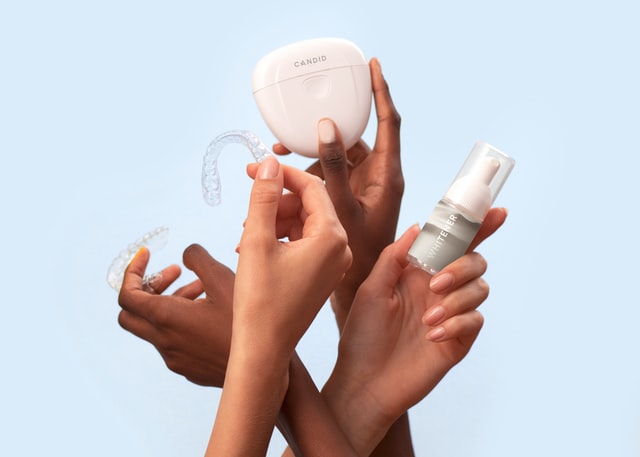Cleaning and disinfecting are important steps in maintaining any kind of medical equipment, including dental equipment. Here are four tips for cleaning dental handpieces.
1. Sterilize Often and Regularly
Because of the nature of dentistry, dental handpiece maintenance must include cleaning and disinfecting protocols by necessity. Most dental tools are reusable and are used for multiple patients per day. All dental tools are for use in and around mouths. Therefore, every tool must be cleaned and sterilized between patients, and before the office closes each day. You should dispose of disposable parts appropriately, cover tools that need to be covered and follow cleaning and disinfecting steps for all devices that can’t be disposed of or covered.
2. Use the Correct Cleaning Methods
Different types of equipment need to be cleaned in different ways. For example, a handpiece that is removable from its waterline or airline may be sterilized with heat while those that can’t be removed or don’t connect to waterlines or airlines should be sterilized according to their manufacturers’ instructions. Whatever equipment you use, always check the manufacturer’s instructions and follow proper procedure when it’s time to clean that equipment. Correct cleaning methods ensure devices are safe to use and don’t break down and your equipment is safe for use by employees on patients.
3. Follow Public Health Laws
There are public health laws in effect at the federal and state levels. You should have a working knowledge of all levels of public health laws and measures that affect your location. This ensures your dental practice is in compliance with important public safety measures for your community. Check CDC and ADA requirements, Public Health Sterilization Laws and your State Board of Dental Examiners for your state’s sterilization specifications. Some states may only require attachments or handpieces to be sterilized after each use while others may also require the motor to be sterilized.
4. Know What Not To Do
Knowing what you shouldn’t do is just as important as knowing what you should do when it comes to cleaning and disinfecting. Different manufacturers may have different sterilization requirements and deviating from those requirements may damage or destroy your equipment. If your cleaning processes don’t comply with public health and safety mandates, you risk exposing your patients and employees to harmful particles and microbes.
Following the appropriate cleaning and disinfecting protocols for dental equipment such as handpieces ensures the dentist or dental hygienist operating the equipment is safe. It also ensures all your patients remain safe and healthy.




